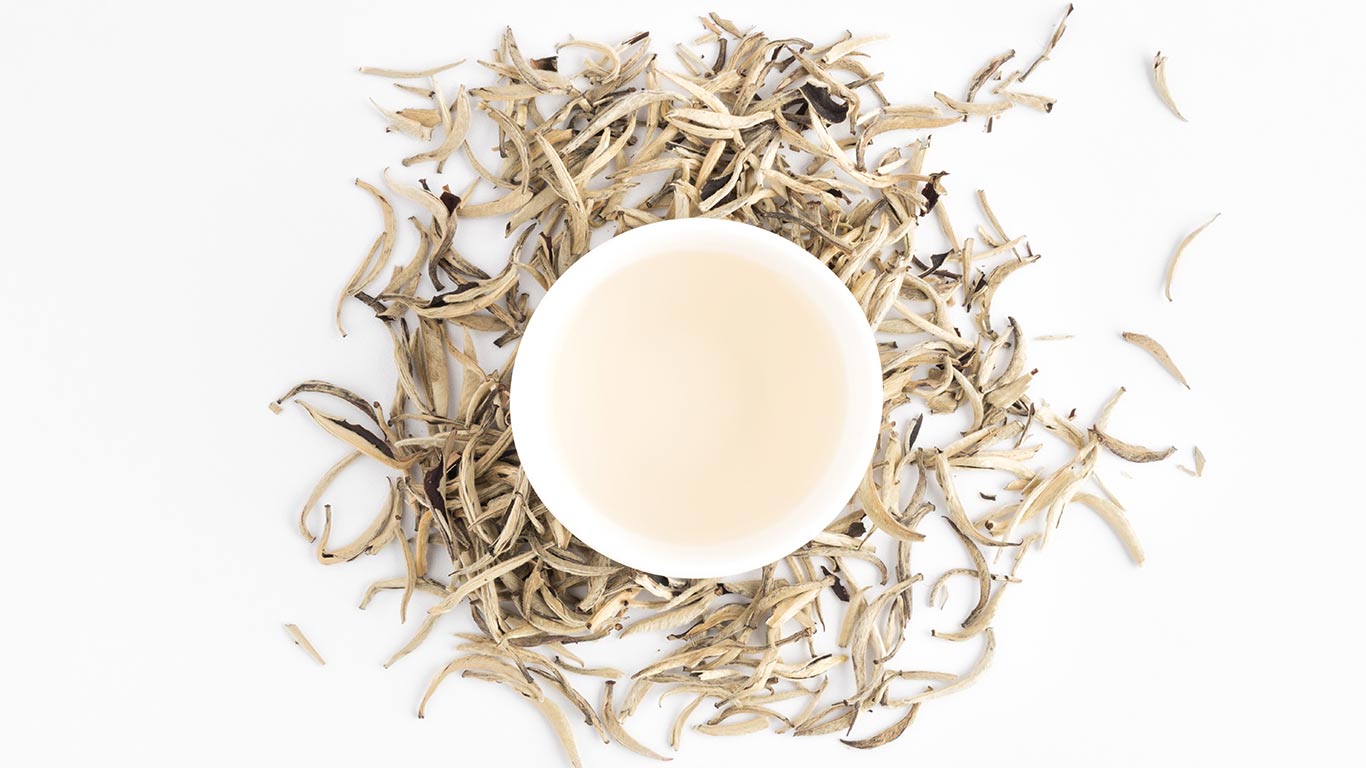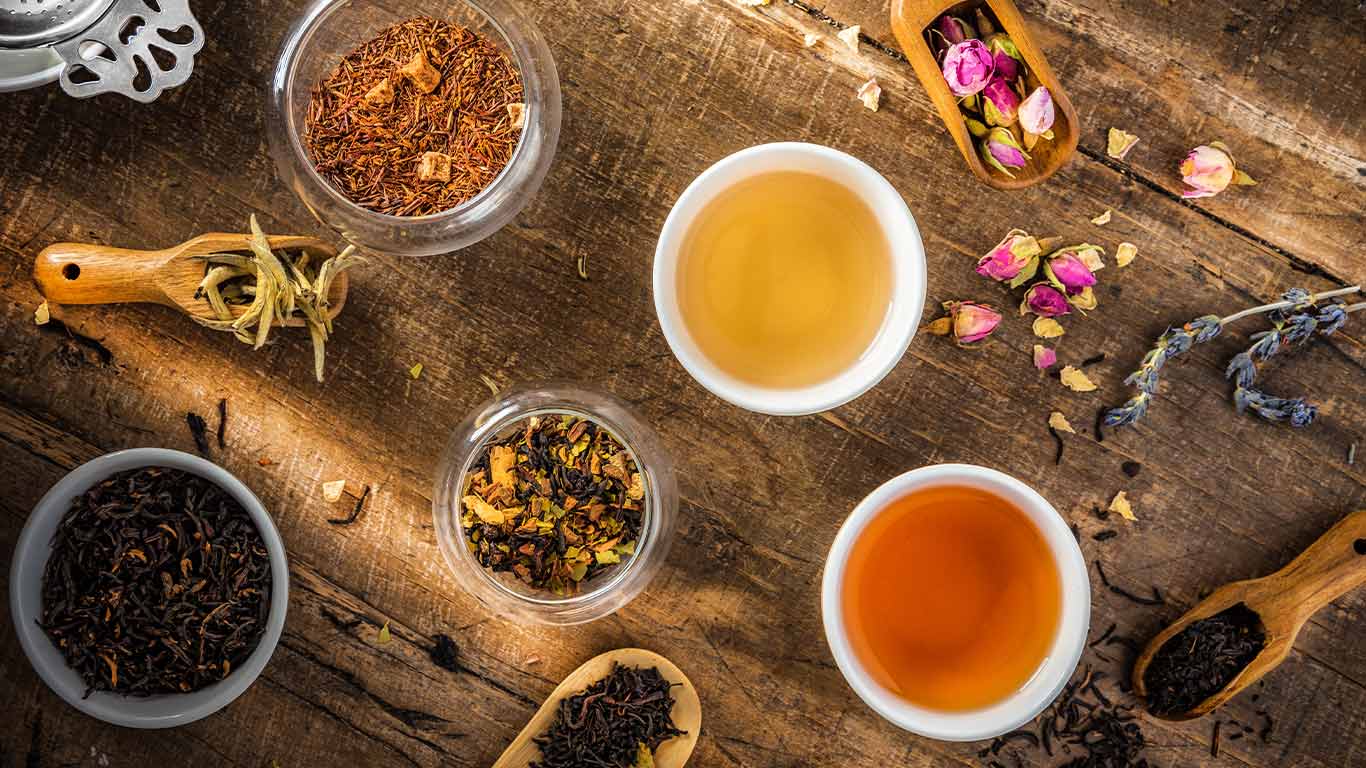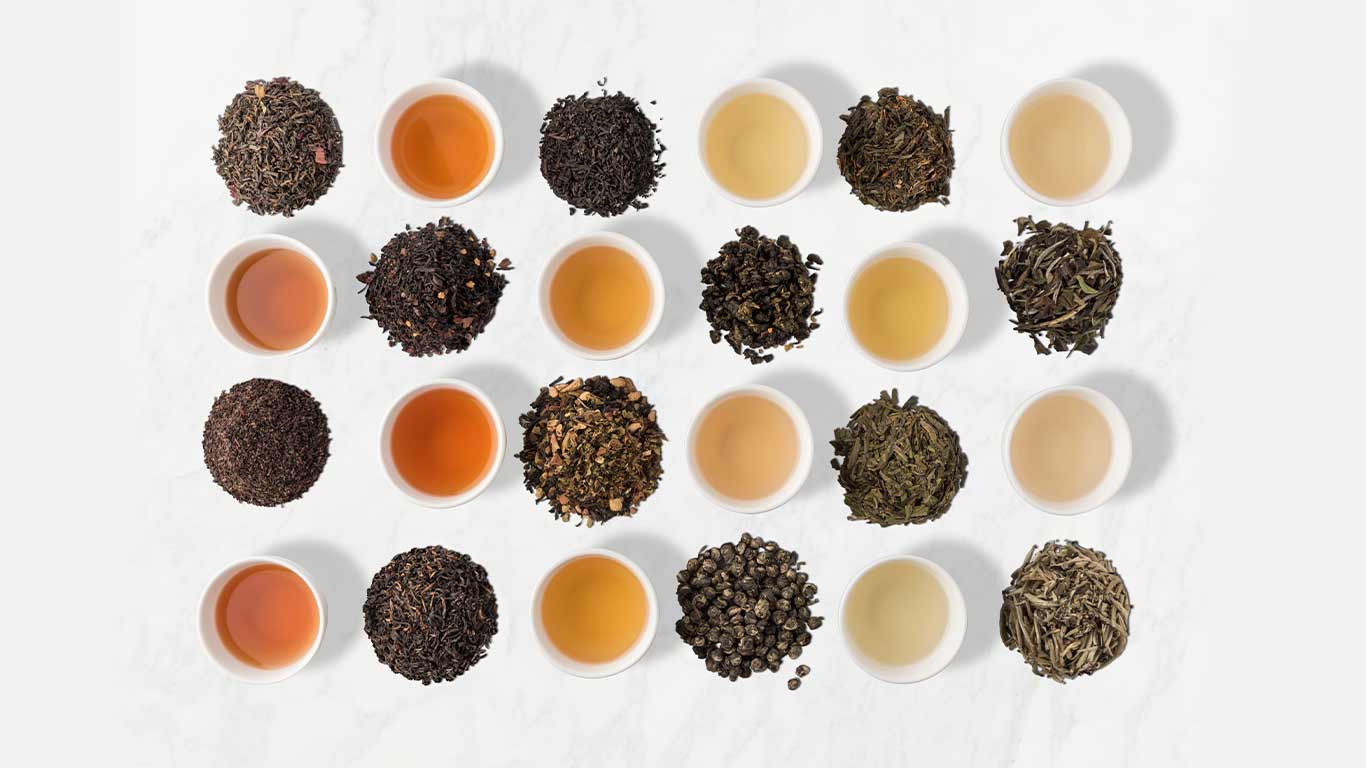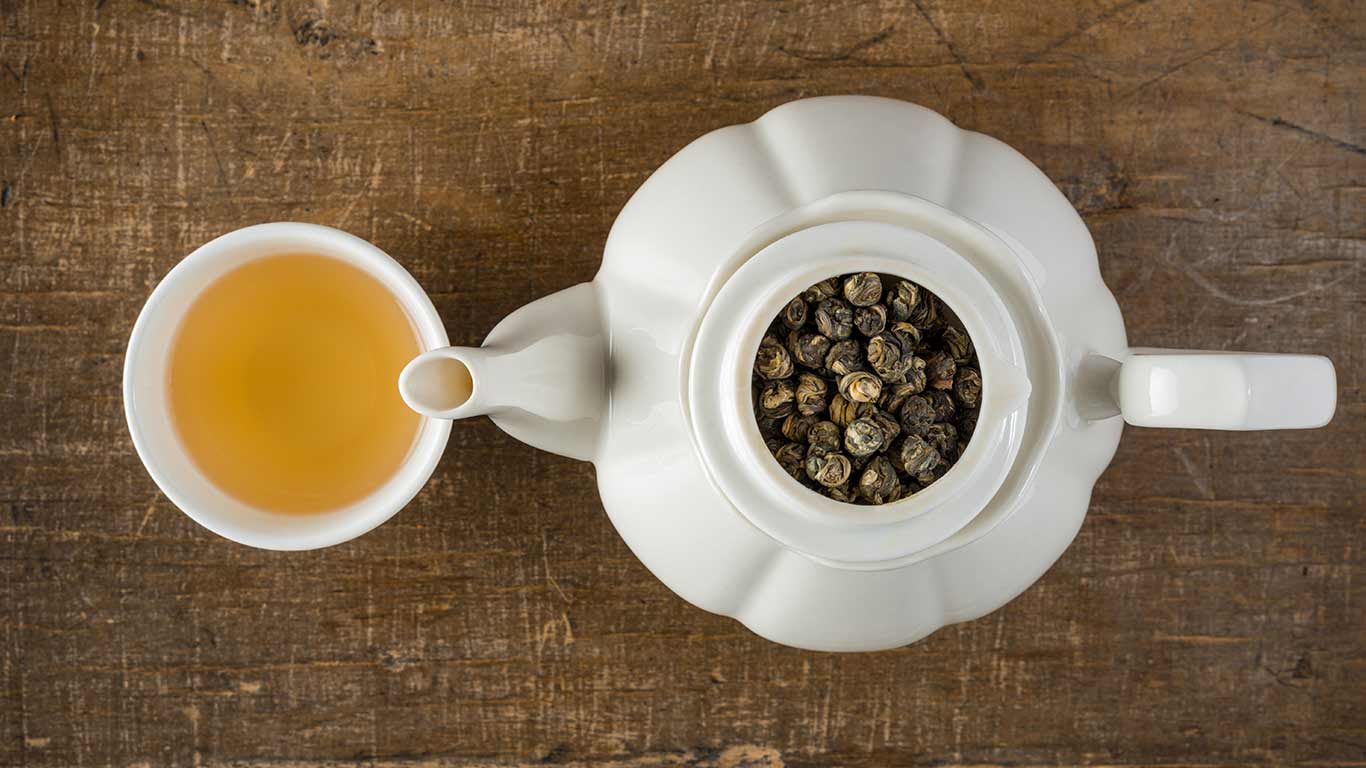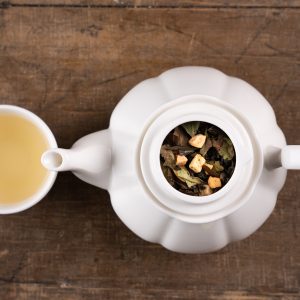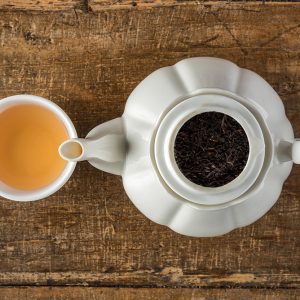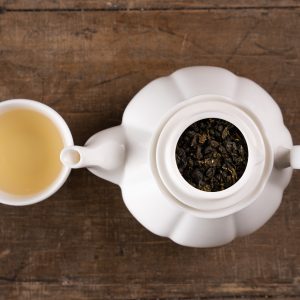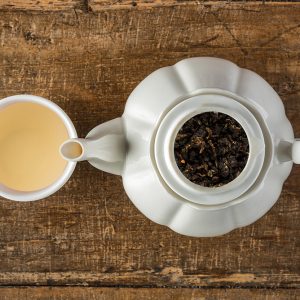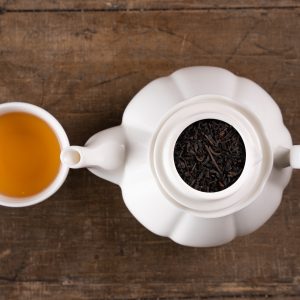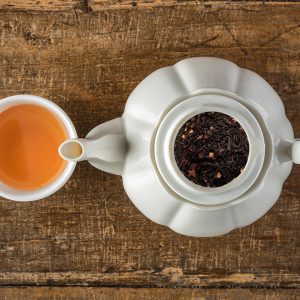WHITE TEA
DESCRIPTION
Considered the most nuanced and subtle of teas, they are rare and costly.
It is an early tea, picked just as the first buds appear, and therefore given high status in the Chinese tea world.
The term White derives from the tiny silver white hairs that can be found on the delicate, unopened leaf buds. Traditionally it is made just using the bud, but certain varieties also add one or two of the youngest leaves.
The infusion is very light, golden in colour, has a sweet aroma, with flavours of pine, sweetcorn and burnt sugar.
HOW IS IT PRODUCED?
Some white teas are made from only the new unopened leaf buds, while others are made from the new bud and the adjoining one or two young open leaves.
White tea undergoes fewer steps in manufacture process than any other tea class. The freshly plucked buds and leaves are briefly withered, during which a very light oxidation naturally occurs that turns them gray-green or gray-brown.
Then, they are moved directly to the drying step, first outdoors in warm sunlight (or shade, if the sun is too strong), and then in a warm drying room. The speed at which the leaves and buds dry depends on ambient temperature and humidity.
Finally, the leaves are sorted and packed.

PICKING
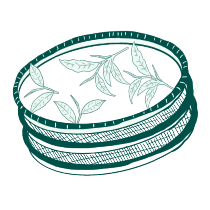
WITHERING
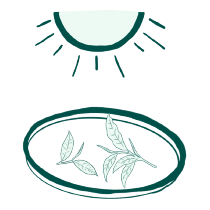
DRYING
HOW TO BREW IT

Quantity of Tea
3g per 250 ml of water
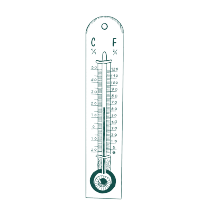
Water Temperature
75 - 90º C

Infusion Length
3 - 6 min
MORE ABOUT IT
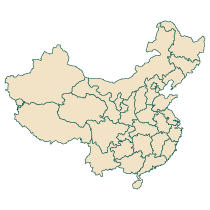
ORIGIN
Originally only made in China from three varieties of the tea plant cultivars known as Da Bai Hao (“big white”), Shui Hsien (“Water Sprite”) and Shao Bai Hao (“Small White”), in Fujian Province, where the production of white tea originated.
Now white teas are produced in many tea growing countries using other tea bush varietals.
BENEFITS
Young tea buds found in white teas contain higher levels of antioxidants than most other teas. It is now not only a wonderful beverage but also a very popular ingredient in skin care products.
CAFFEINE
Caffeine levels in white tea buds are slightly higher than that of green or black teas. It is present in the tea plant as a natural insecticide that discourages insects from nibbling the new buds and damaging young shoots.
TYPES AND VARIETIES
There are basically three types of white tea:

YIN ZHEN (Silver Needles)
It is the highest quality, made only of silvery buds covered in white fuzz.
Needle-style white teas yield a pale, champagne colored liquor that has a very light, soft, sweet, velvety flavour.

BAI MU DAN (White Peony)
Contains silver buds as well as the next two youngest leaves.
Peony style white teas oxidize more and so produce slightly darker liquors, with a sweet, mildly grassy flavour and a slight briskness.

SHOU MEI
Made with a nonuniform mix of buds and lower-grade leaves, sometimes goes through a light rolling and oxidation phase to deepen the flavour, resulting in a floral, fruity taste.
PECULIARITIES
As white tea is made from the young tea bud, the chlorophyll is not mature in this bud and it gives its “white” appearance.
To help the buds mature into leaves, the plant furnishes them with an extra shot of glucose, turning the buds much sweeter than mature leaves.
OUR RECOMMEDATIONS
Baked Apple
$ 11.000 – $ 80.000Ceylon Orange Pekoe
$ 10.000 – $ 75.000China Milky Oolong
$ 21.000 – $ 185.000China Osmanthus Oolong
$ 18.000 – $ 142.000China Tarry Lapsang Souchong
$ 12.000 – $ 90.000Chocolate Truffle Delight
$ 12.000 – $ 92.000


